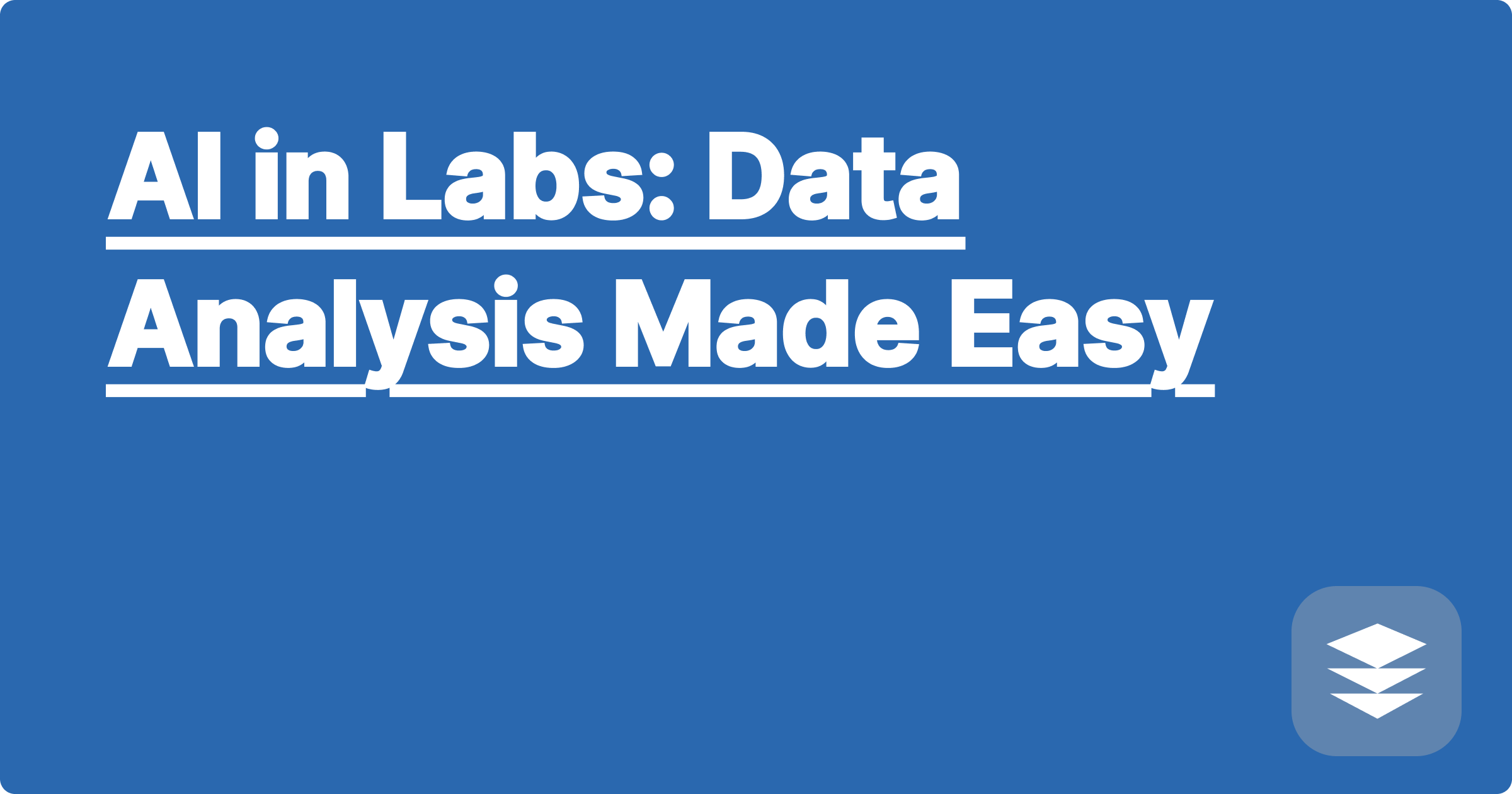
The demanding world of STEM education and research often leaves students feeling overwhelmed. Juggling complex coursework, demanding research projects, and the pressure to maintain a high GPA can be a constant struggle. The sheer volume of data encountered in labs, from experimental results to complex simulations, adds another layer of complexity. However, a powerful ally has emerged in the form of Artificial Intelligence (AI), offering a suite of tools and techniques to streamline data analysis, optimize learning, and ultimately, boost academic performance. AI is no longer a futuristic concept; it's a practical tool that STEM students and researchers can leverage today to achieve their academic goals.
For STEM students and researchers, efficiency and accuracy in data analysis are paramount. Traditional methods can be time-consuming and prone to errors, hindering progress and impacting overall academic performance. The ability to quickly and accurately analyze data is crucial for drawing meaningful conclusions, publishing research findings, and ultimately, advancing in one's chosen field. This is where AI steps in, offering a transformative approach to data analysis and learning, empowering students and researchers to achieve more in less time. This blog post will explore how AI-powered tools can revolutionize the learning experience, providing personalized strategies for academic success.
STEM fields are inherently data-driven. Experiments generate vast amounts of data that require meticulous analysis. Research projects often involve sifting through mountains of literature, extracting key insights, and synthesizing information. This process can be incredibly time-consuming and intellectually demanding, leading to burnout and hindering academic progress. Furthermore, traditional learning methods often fail to cater to individual learning styles and paces, leaving some students struggling to keep up. The lack of personalized feedback and guidance can further exacerbate these challenges, creating a sense of frustration and inadequacy.
AI offers a powerful suite of tools to address these challenges. Platforms like GPAI (a hypothetical example, but representative of emerging platforms), ChatGPT, Claude, and Wolfram Alpha can significantly enhance data analysis, learning, and research efficiency. GPAI, for instance, could offer personalized learning plans based on individual student needs and learning styles. Imagine a system that analyzes your past performance, identifies your strengths and weaknesses, and then generates a customized study plan tailored to your specific goals. Such a system could also provide targeted practice problems and feedback, ensuring you focus on areas where you need the most improvement.
Integrating AI into your workflow can be seamless. Start by identifying your specific needs and challenges. Are you struggling with data analysis in the lab? Do you need help managing your time effectively? Or are you looking for ways to improve your research efficiency? Once you've identified your needs, explore available AI tools. For data analysis, tools like Wolfram Alpha can perform complex calculations, analyze datasets, and even generate visualizations. For research, ChatGPT and Claude can assist with literature reviews, summarizing articles, and even generating initial drafts of research papers. GPAI, as a comprehensive platform, could integrate these functionalities and offer additional features like personalized learning plans and time management tools. Experiment with different tools and find what works best for you.
Consider a physics student struggling with complex simulations. They could use Wolfram Alpha to verify their calculations, explore different scenarios, and gain a deeper understanding of the underlying concepts. A chemistry student could use AI-powered molecular modeling software to visualize complex molecules and predict their properties. A biology student could use AI-powered literature review tools to quickly identify relevant research papers and extract key findings. In each of these scenarios, AI empowers students to learn more effectively and efficiently. Imagine a hypothetical scenario where a student using GPAI improved their GPA by a full point after utilizing the platform's personalized learning plans and time management tools. This illustrates the potential of AI to transform academic performance.
To maximize the benefits of AI, integrate it strategically into your workflow. Use GPAI (or similar platforms) to create a personalized study schedule, breaking down large tasks into manageable chunks. Combine this with the Pomodoro Technique, using AI-powered timers to track your progress and maintain focus. For research, use AI tools to streamline literature reviews and data analysis, freeing up more time for critical thinking and creative problem-solving. Don't forget about mental well-being. AI-powered meditation apps can help manage stress and maintain a healthy work-life balance.
Conclude by emphasizing the transformative potential of AI in STEM education and research. AI is not just a tool; it's a partner in learning. By embracing these technologies, STEM students and researchers can unlock their full potential, achieving academic excellence and pushing the boundaries of scientific discovery. Explore the available resources, experiment with different tools, and discover how AI can empower you on your academic journey. Don't be afraid to seek guidance from professors and mentors who can offer valuable insights and support. The future of STEM learning is here, and it's powered by AI.
AI-Powered Learning: Boost Your GPA
AI for Engineering: Design Smarter
Conquer STEM Homework: AI Help
Master STEM Exams: AI Prep Guide
AI in Labs: Data Analysis Made Easy
AI for Physics: Problem Solving
Ace Your Finals: AI Study Hacks
AI for Chem: Simulations & Models